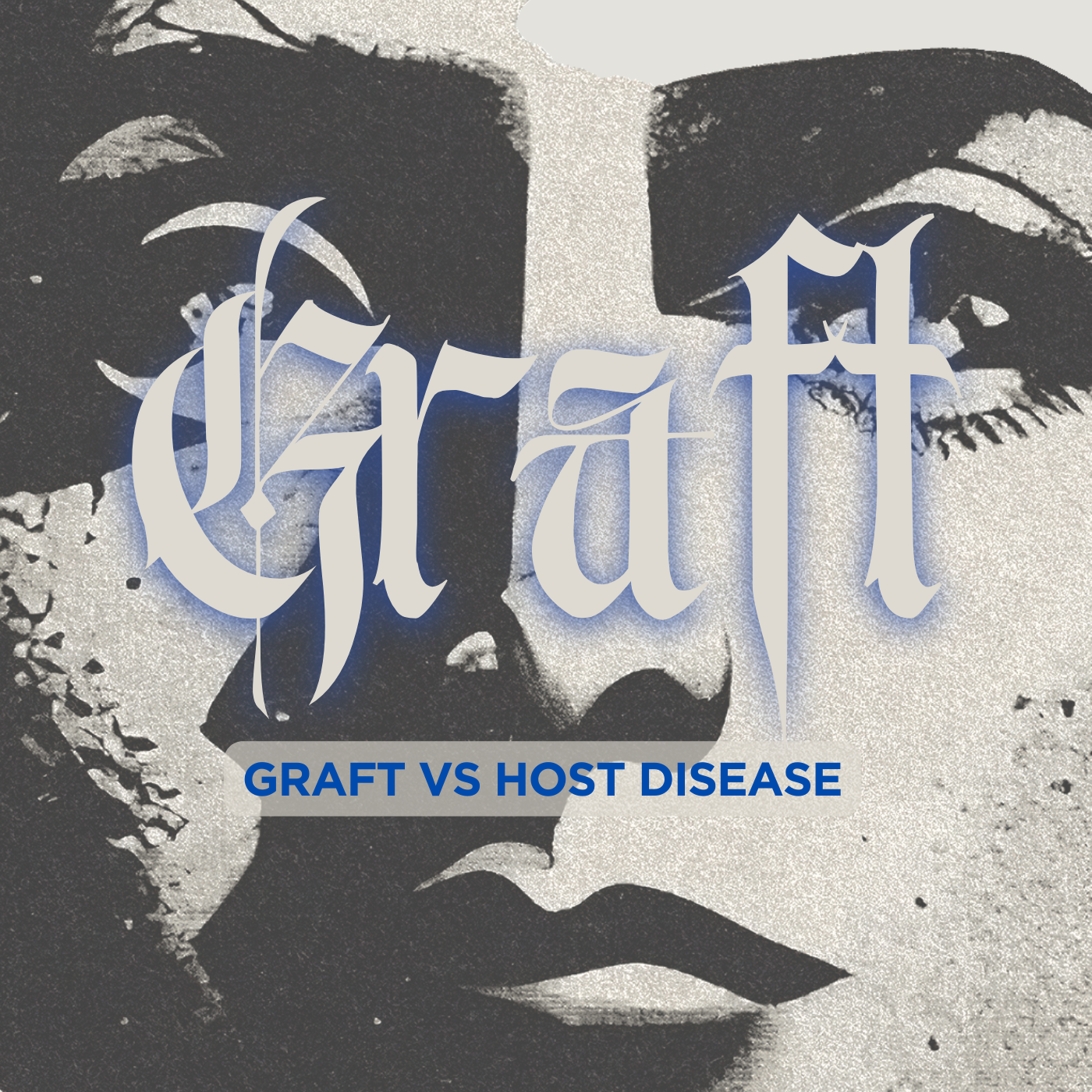Maculopapular rash is seen in graft-versus-host disease (GVHD)
A maculopapular rash is a type of rash characterized by a flat, red area on the skin that is covered with small confluent bumps. It may only appear red in lighter-skinned people. The term “maculopapular” is a compound: macules are small, flat discolored spots on the surface of the
Steroidogenic factor 1 (SF-1) protein and a few related things
The steroidogenic factor 1 (SF-1) protein is a transcription factor involved in sex determination by controlling the activity of genes related to the reproductive glands or gonads and adrenal glands. This protein is encoded by the NR5A
p-Phenylenediamine (PPD) is a derivative of aniline used in kevlar, hair dye and henna substitutions among other things, the derivatives of which are used in antiozonants among other horrors
p-Phenylenediamine (PPD) is an organic compound with the formula C6H4(NH2)2. This derivative of aniline is a white solid, but samples can darken due to air oxidation.It is mainly used as a component of engineering polymers and composites like kevlar. It is also an ingredient in hair dyes a
Nuclear factor erythroid 2-related factor 2 (NRF2)
Glutathione Local Links Nuclear factor erythroid 2-related factor 1 Local Links Reference for subtitle: Finamor IA, Bressan CA, Torres-Cuevas I, Rius-Pérez S, da Veiga M, Rocha MI, Pavanato MA, Pérez S. Long-Term Aspartame Administration Leads to Fibrosis, Inflammasome Activation, and Gluconeogene
Sterol carrier proteins (aka nonspecific lipid transfer proteins)
These proteins are different from plant nonspecific lipid transfer proteins but structurally similar to small proteins of unknown function from Thermus thermophilus. This domain is involved in binding sterols. The human sterol carrier protein 2 (SCP2) is a basic protein that is believed to part
Temporins and Musth or must
Temporins are a family of peptides isolated originally from the skin secretion of the European red frog, Rana temporaria. Peptides belonging to the temporin family have been isolated also from closely related North American frogs, such as Rana sphenocephala. I
The halloween genes
The halloween genes are a set of genes identified in Drosophila melanogaster that influence embryonic development. All of the genes code for cytochrome P450 enzymes in the ecdysteroidogenic pathway (biosynthesis of ecdysone from cholesterol). Ecdysteroids such as 20-hydroxyecdysone and
Chrysolina beetles, including Chrysolina coerulans, have cardiac glycosides (including xylose) in their defensive glands
The defensive secretions of some chrysomelid beetles belonging to the genera Chrysolina, Chrysochloa, and Dlochrysa contain complex mixtures of cardenolides. The spectral data for some of these compounds suggest that they are monohydroxylated digitoxigenin derivatives linked to a pentose (such as xy
22R-Hydroxycholesterol
22R-Hydroxycholesterol, or (3β)-cholest-5-ene-3,22-diol is an endogenous, metabolic intermediate in the biosynthesis of the steroid hormones from cholesterol. Cholesterol ((3β)-cholest-5-en-3-ol) is hydroxylated by cholesterol side-chain cleavage enzyme (P450scc) to form 22R-hydrox






